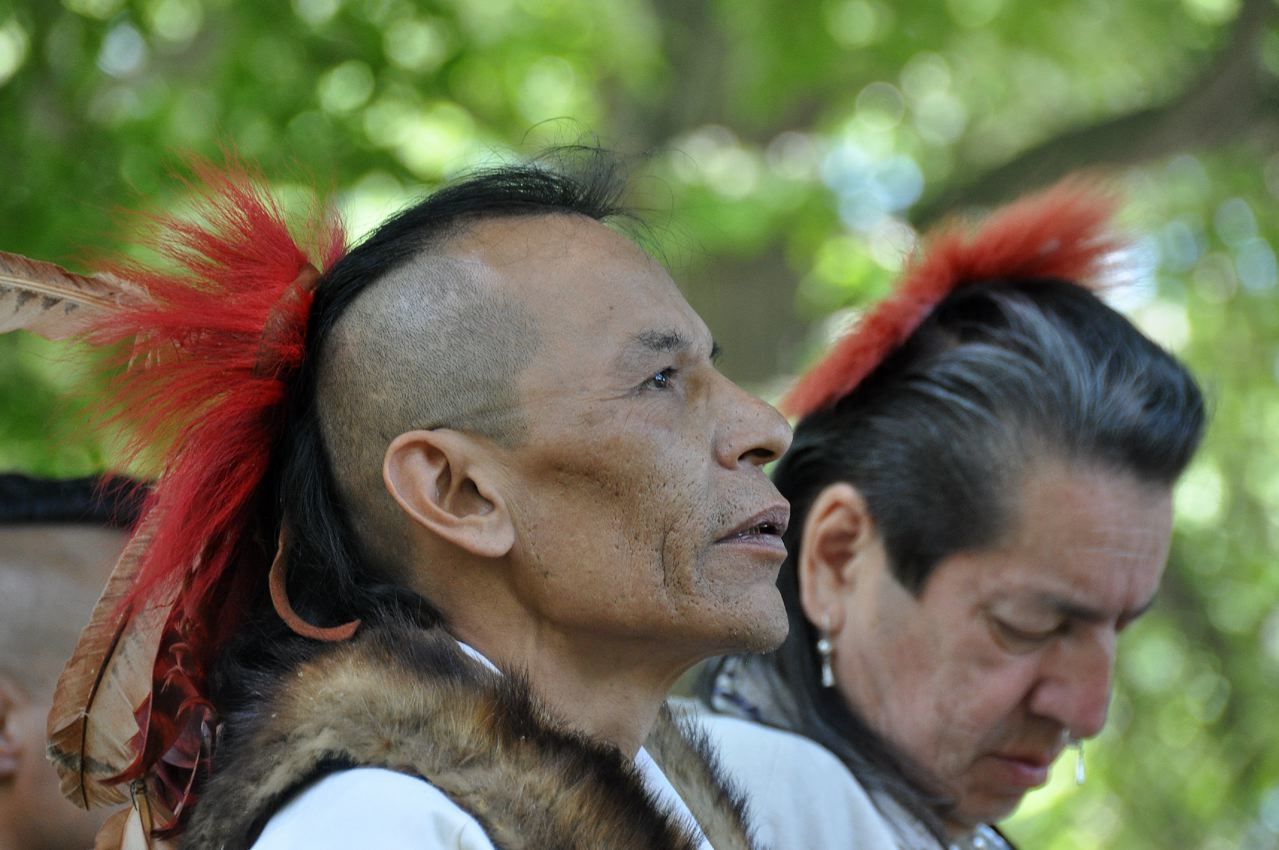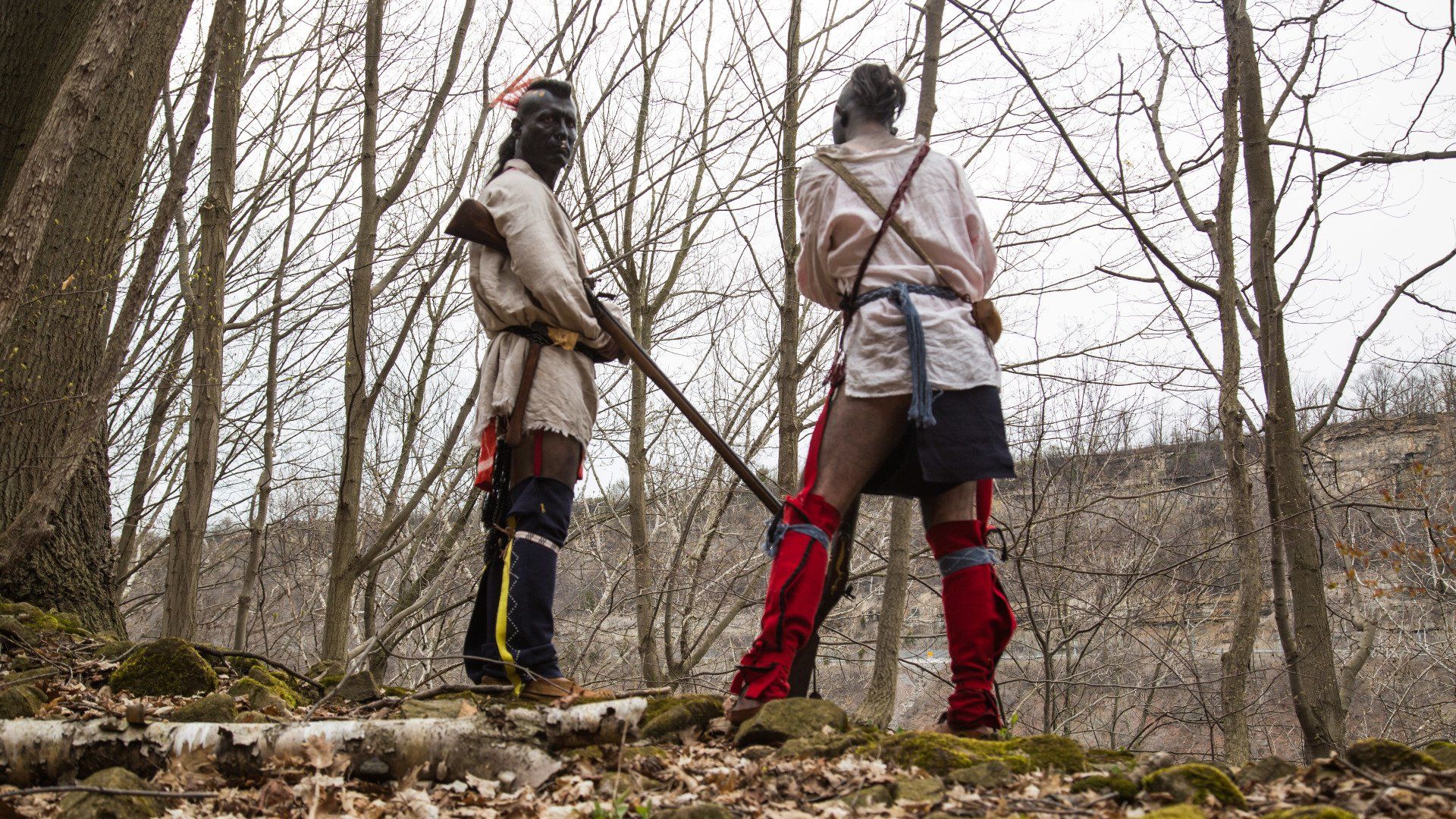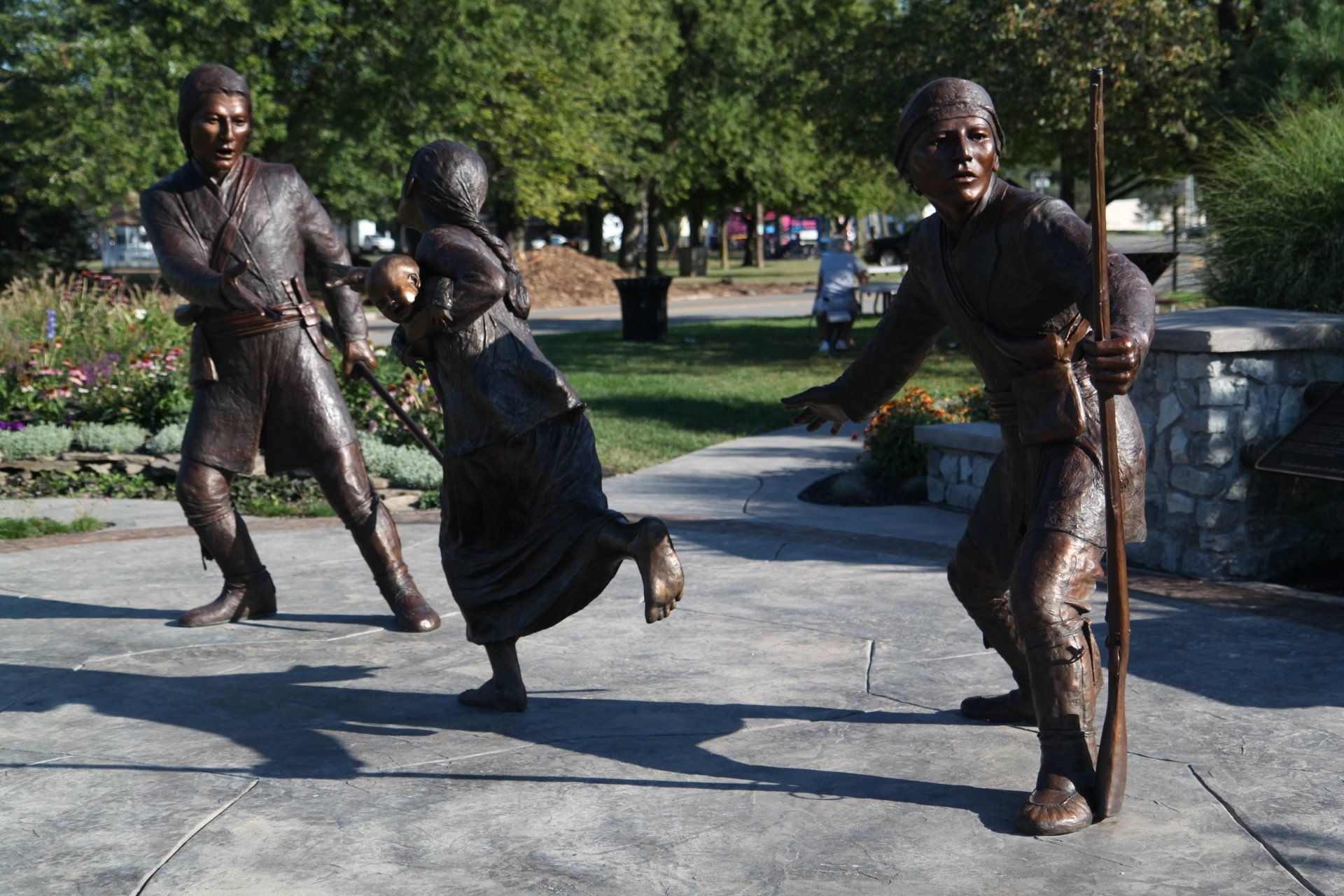The Western Door
The Western Door
Haudenosaunee means “People who are building an extended house” and refers to the Six Nations of the Iroquois Confederacy, the most powerful Native American influence east of the Mississippi. As the westernmost of the Six Nations, the Seneca were known as the “Keepers of the Western Door.”

Slide title
Write your caption hereButton
Slide title
Write your caption hereButtonSlide title
Write your caption hereButton
Slide title
Write your caption hereButton
Slide title
Write your caption hereButton
The Seneca
For over a thousand years the Seneca people have lived in what is now known as Western New York State. They have witnessed, experienced, and endured many changes over those centuries. Today, they are a proud Nation with a rich history and culture, and a promising future. Like their ancient ancestors, they treasure the beauty of their lands and the bounty of nature, but they have also built a strong, sovereign economy focused on improving the lives of their people.
The Tuscarora
People of the Tuscarora Nation migrated to eastern New York from North Carolina in the 18th century to join with the Haudenosaunee. Later in the eighteenth century, many Tuscarora moved again, to the Niagara region. Their story is an amazing tale of survival and is testimony to the adaptability of the Tuscarora culture. Today, the Tuscarora continue to operate under a traditional form of government with respect for civility and law, a tradition of sharing and giving back, and a sense of stewardship for the land.
The Niagara River
Long known as a portage between Lake Ontario and Lake Erie, Niagara Falls and the Niagara River were significant to the Haudenosaunee. By the mid-18th century, the region was controlled by the Seneca, and the portage provided work for Seneca men. Oral tradition of the Haudenosaunee tells of spirits living beneath the Niagara Falls, called the Thunder Beings, saving a young woman from taking her own life, a story that was later romanticized into “the Maid of the Mist.” Evidence of fishing culture predating Seneca and Tuscarora arrival along the Niagara River can be found in many archeological sites. Permanent residency of the Tuscarora along the river revitalized the Haudenosaunee occupation of these ancient fishing sites.
The Ganonyok
The Haudenosaunee view the natural world and its bounty as a gift and their community as connected to a living earth and a spiritual universe. The Haudenosaunee people give thanks each day through the Ganonyok, a daily expression of gratitude that serves as a reminder to acknowledge and appreciate all things. The Ganonyok reinforces the connection that people have to the world around them.


